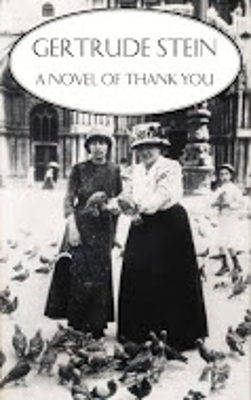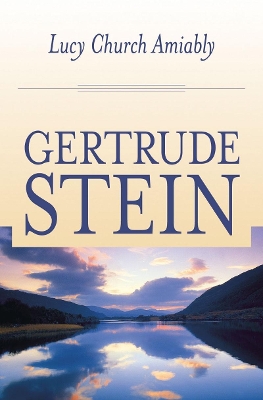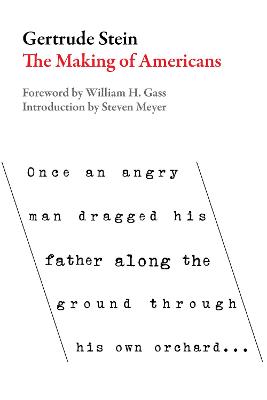American Literature (Dalkey Archive)
3 total works
This is the first paperback edition of one of Stein's most revealing novels. Written in 1925-26 (but not published until 1958), it is Stein's midcareer assessment of herself, her writing, and her relationships, composed in the unique style for which she is celebrated. In place of a traditional narrative, Stein explores the nature of narrative, its possibilities, the various genres (historical novels, the novel of manners, adventure stories) available to the writer, the conventions of novel-writing, and the novelist's relation to her materials. In a sense, the novel is about "preparing a novel" (the subject of chap. 50), about everything that goes through a writer's head as she begins to write. Mixed in with her meditations on writing are daily events in her marriage to Alice B. Toklas, visits from friends - including such notable figures of the period as Josephine Baker, Virgil Thomson, Rene Crevel, and a number of expatriate American writers and artists - travels in and around France, memories of the past, inquiries into names and the nature of identity, and virtually anything else that occurs to her. As she writes at one point, "It can easily be remembered that a novel is everything, " so everything of interest to Stein goes into her preparations for the novel that is A Novel of Thank You.
Nothing much happens in the book. It would be impossible to prepare an outline of the plot (as opposed, say, to?"The Making of Americans"). The action is purely interior: a great deal is noticed, digested, absorbed, compared. The result can be read simply as an account of being in the countryside, or more complexly, as an investigation into the interlocking nature of things and into the ways that language can be used for description.?"Lucy Church Amiably"?is finally, in Miss Stein's own words, "A Novel of Romantic beauty and nature and which Looks Like an Engraving."
In "The Making of Americans," Gertrude Stein sets out to tell "a history of a family's progress," radically reworking the traditional family saga novel to encompass her vision of personality and psychological relationships. As the history progresses over three generations, Stein also meditates on her own writing, on the making of "The Making of Americans," and on America.


